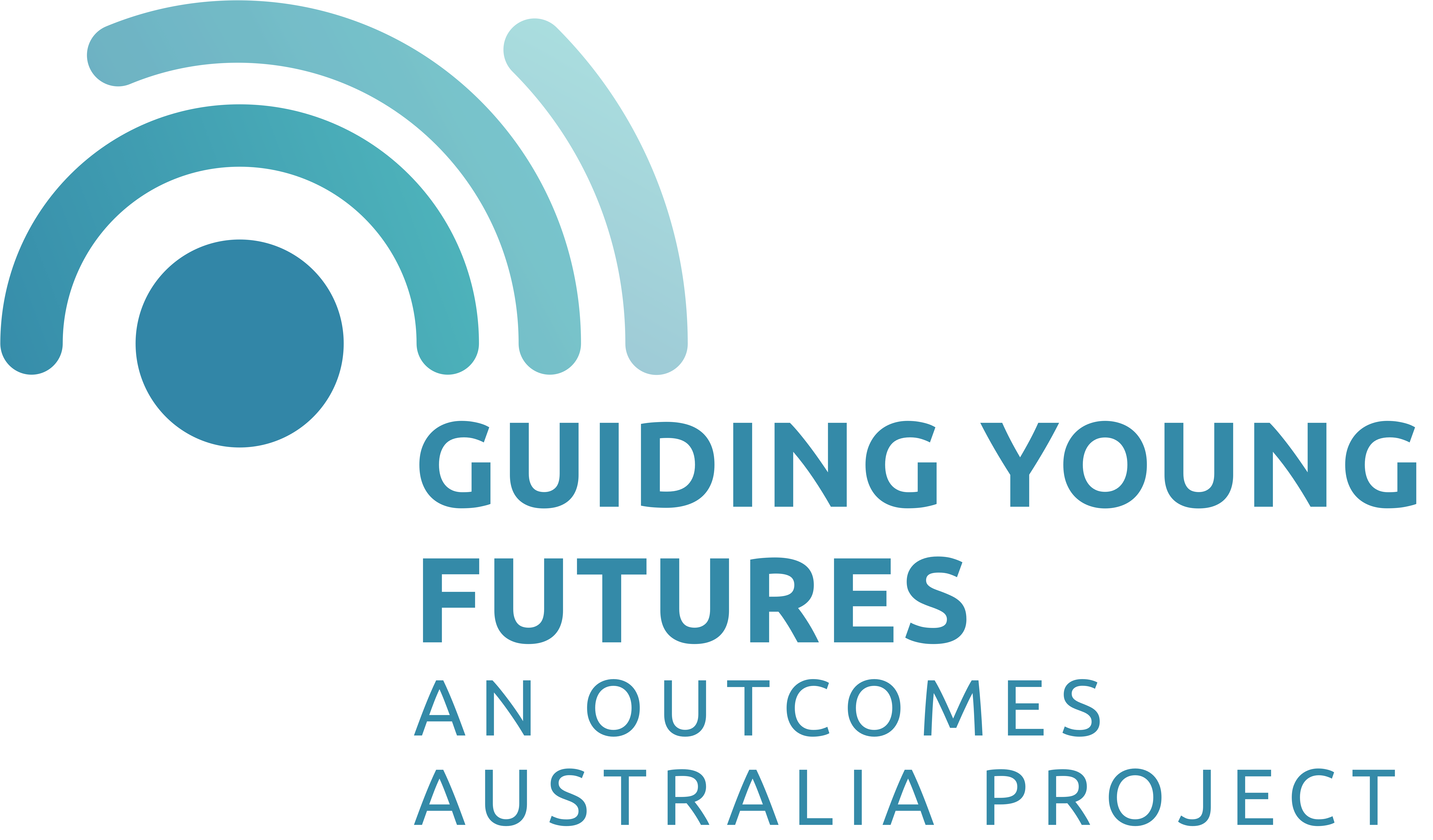The Burning Platform
Australia has experienced 20 years of sustained economic growth and is one of the wealthiest countries in the world. Despite our wealth, the latest ACOSS Poverty in Australia report (2016) found of the three million people living in poverty in Australia, 731,000 are children, representing one in six (17%) of children under the age of 15.
There is a strong relationship between the socio-economic status of the area in which the child lives, as measured by the SEIFA Index of Relative Socio-economic Advantage and Disadvantage, and NAPLAN performance. Students in the most disadvantaged areas were substantially more likely to score below the national minimum standard for each of the three domains than those in more advantaged areas. For example, 15% of students in the most disadvantaged quintile did not meet the national minimum standard for reading, compared with 4% in the most advantaged quintile.
The Middle Years
An estimated 73,000 13-14 year olds (28 per cent) are not meeting expected standards in academic skills; this means the education system is failing to prepare these students for learning in later years.
Of all the factors that increase the risk of not meeting these standards, a child’s socio-economic background has the strongest effect.
1 in 8 (13%) children will not get a Year 12 qualification. Described as ‘early leavers’ and or ‘disengaged’, these young people experience challenges during their time in education, then grow up to share many similar life and economic circumstances. In 2014, there were almost 38,000 early school leavers aged 19 and 46,000 disengaged people aged 24.

